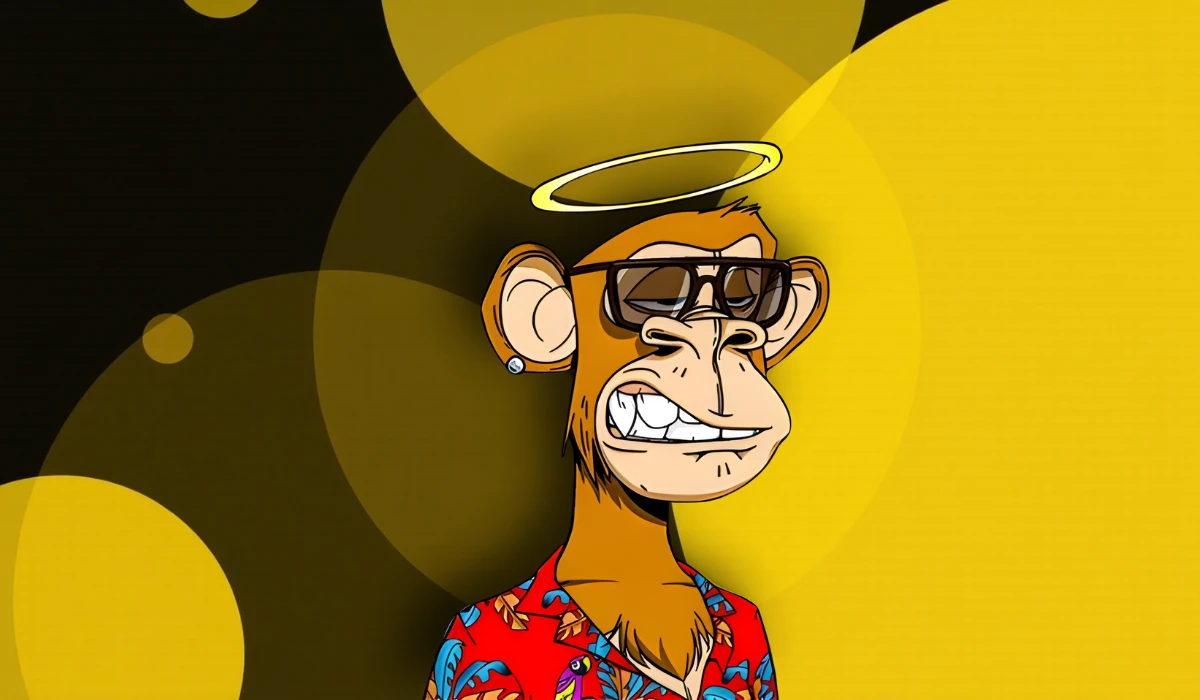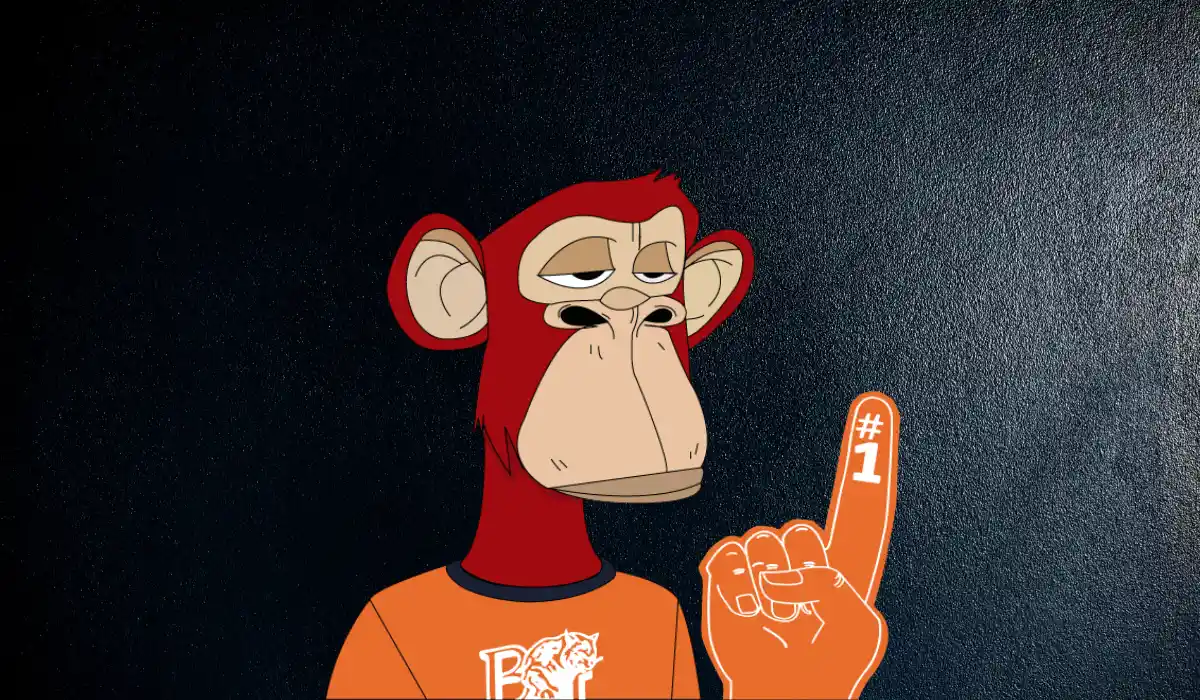The NFTs or Non-fungible tokens market had a bumpy ride in the past few years. The industry has witnessed impressive growth, steep falls, and promising revivals.
If you are wondering whether the NFTs are still relevant in 2025 or it’s just a passing trend, here is a deep dive into the industry to understand its significance in 2025 and beyond.
What is NFT?
NFTs, or Non-Fungible Tokens, are unique assets in digital format built on blockchain technology. It represents the ownership of digital assets like images, videos, animations, music files, in-game items, virtual assets in metaverses, and collectibles.
In fact, you can convert anything digital, ranging from an image to music or even a tweet, into an NFT.
Features of NFTs
- Each NFT is unique and can not be exchanged or interchanged on equal terms, like exchanging currencies.
- The ownership is tracked using blockchain technology, making it more secure and verifiable.
- NFTs are used as a digital ownership certificate to verify the ownership and authenticity of various digital assets.
- It’s scarce due to its uniqueness, making it an attractive investment option.
- They are indivisible.
A few years back, NFTs became the buzzword in the tech world and a tempting investment option. Over the years, the hype around NFTs has gone down as Artificial Intelligence became the new trend.
That doesn’t mean NFTs got wiped out into oblivion; rather, the technology has evolved into new domains.
Here is a brief account of its emergence and evolution over the past few years.
The Evolution of NFTs Over the Years

Founded as early as 2014, NFTs took the world by storm back in 2020-21. Back in its heyday, the artworks were sold for millions of dollars.
One notable example is an artwork called “Everydays: The First 5000 Days” by the artist Beeple. The NFT of this collage work was sold for a whopping $69 million.
The popularity of NFTs declined dramatically in 2022, but the industry experienced a renewal back in 2023 and 2024.
Relevance of NFTs in 2025
The NFT market has matured in 2025. According to Statista, the number of NFT users is expected to hit 11.67 million by 2026.
Today, the NFTs have moved from the realm of digital arts to fields like real estate, fashion, and sports.
The recent trends shaping the industry in 2025 range from AI-generated NFTs to environmentally friendly practices in their making.
Top Trends Shaping the NFT Industry in 2025
Here is a glance at the top trends shaping the Industry in 2025.
1. AI-Generated NFTs
Artificial intelligence is drastically transforming each and every industry imaginable. NFTs are no exception.
The AI-powered algorithms help to create hyper-personalized NFTs. Such tailor-made NFTs are more appealing to customers as they are made by analyzing huge amounts of data and customer preferences.
Dynamic NFTs are also being created with the help of AI by analysing continuous real-time customer interactions.
On top of it, AI is enhancing the discoverability of NFTs, matching the interests of the target audience.
2. Enhanced Real-World Usage with Utility NFTs
NFTs are no longer constrained to the world of digital art; rather, they’ve been widely used for granting membership to exclusive communities, granting certificates and concert tickets, and providing loyalty programs to regular customers.
Such NFTs are called Utility NFTs.
3. Tokenization in the Gaming Industry
According to industry reports, the NFT gaming market is anticipated to hit USD 942.58 billion by 2029.
Another emerging trend is the integration of NFTs and Decentralized finance, or DeFi, within the gaming ecosystem.
4. Tokenization of Physical Assets & Fractionalization
The NFTs are increasingly used to tokenize real-world physical assets like real estate assets, gold, artworks, and shares.
For example, a large real estate property worth thousands of dollars can be sold in small digital tokens. The blockchain technology will help to keep a secure record of transactions and ownership changes.
Similarly, an artwork can be owned by multiple people in parts, or shares can be sold as tokens.
Fractionalization of ownership is a promising usage with lots of growth potential. The process enables users to own parts instead of owning the whole.
The hybrid NFTs created by covering both the physical and digital aspects are another much sought-after usage.
5. Increased Usage in DeFi
The combination of NFTs and Decentralized Finance (DeFi) enables the usage of NFTs as collateral for loans and other financial transactions.
Such integration enables interoperability and liquidity.
6. Promoting Sustainable Practices in the NFT Industry
As the world is tilting towards more sustainable practices, the NFT Industry is adopting more eco-friendly NFT minting processes.
The carbon reduction and greener blockchain solutions are being proactively adopted in the industry.
Other notable trends include metaverse integration, social media integration, and enhanced usage by corporate entities to maintain customer relationships.
Also Read: Crypto Taxes and Regulations: What Investors Need to Know
NFTs: Challenges in the Industry
Over the years, NFTs have migrated from speculative to mature markets. But the industry is still facing many challenges. Major ones are the following.
- Even though governments are introducing regulations and new guidelines, the industry is plagued by legal uncertainties.
- The energy consumption in the industry is high. Hence, the environmental concerns remain.
- Certain projects are finding it difficult to scale
- The complexities involved are creating entry barriers for new users.
- Industry is still plagued by fraud and scams.
Final Thoughts on NFTs
Over the years, the NFT market has seen a rapid rise, fall, and has eventually evolved into a mature industry. Top trends in the industry in 2025 include AI-generated NFTs, fractionalization, hybrid NFTs, integration with DeFi, and integration with the gaming industry.
Such trends show the long-term potential of the industry beyond 2025.




